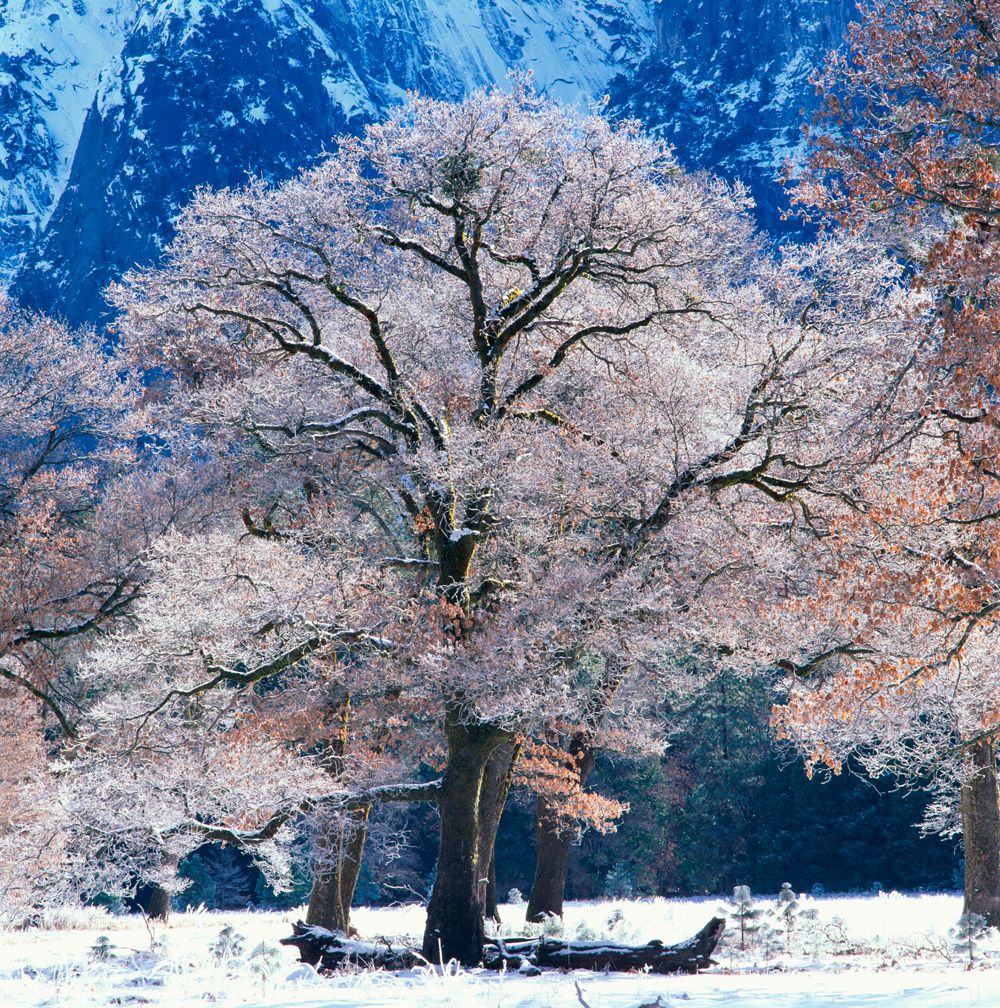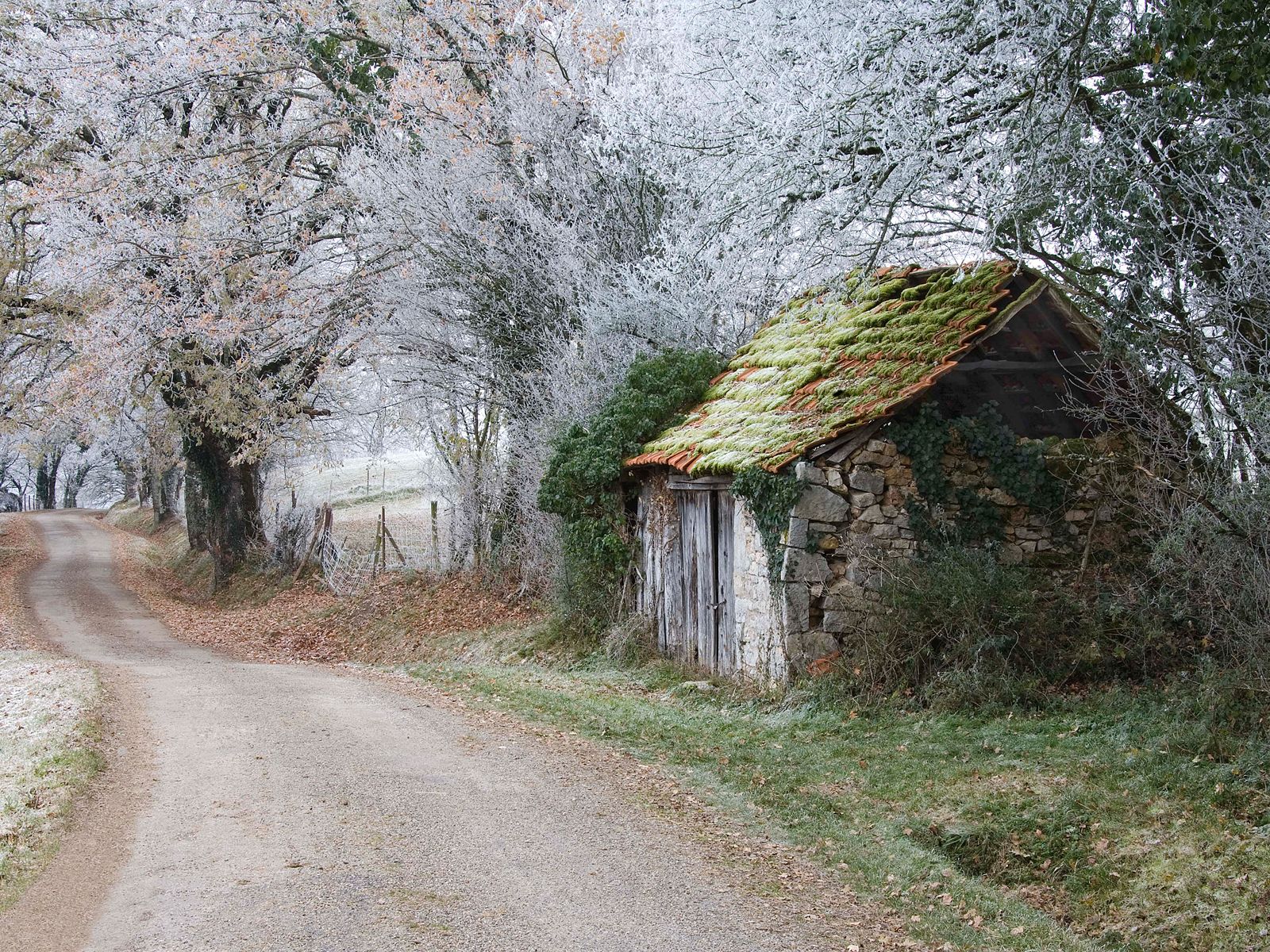7 Tips for Winter Photography
Seven tips for winter photography by Charlie Waite
1) Always keep your eyes open throughout the year for those locations that will only work when the winter season is upon us. Many views, which may be partially obscured by trees in leaf come into their own in winter.
2) The large areas of white and reflective nature of snow scenes can cause the light meter in your camera to under-expose and your image will be too dark. Although this will seem counter intuitive, you may have to increase exposure by up to two stops to match the whiteness that you see with your eyes. When everyone used film, this error was hard to correct once made but one of the advantages of digital cameras is that it is possible to adjust the exposure when the image has been downloaded to your computer. However, I still feel that there is a sense of pride to be had from getting it right in camera.
3) The neutral colours of winter can lend themselves to graphic shapes and simple compositions. It is not always about the big picture. If the sky has very little definition, look around for smaller details – ice patterns and formations and consider extreme close-ups with a macro lens. Sheep wool on barbed wire, water flowing over pebbles – nature always provides a canvas for us to work with.
4) Britain is famous for its variable weather but it can be one of the hardest things to show in a 2D photograph. Catching the movement of trees in the wind or falling flakes of snow can really enhance the mood of a photograph. Lizzie Shepherd’s image of the Yorkshire Dales, which won the ‘Living the view’ category in this year’s UK Landscape Photographer of the Year Awards demonstrates this very well.
5) Contrasting colours can make a good image. Look for juxtapositions of warm and cool colours, which are pleasing to the eye; the clear blue of a winter’s day against the orange leaves of late autumn or a single leaf against the neutral white of pristine snow

6) To me, a successful photograph should evoke some of the emotion that the photographer felt at the time of creation in those viewing the finished result. It can be helpful to think what emotions you are trying to convey with a specific image (eg cold, calm, bleak, cosy, solitude etc) and ask those viewing your picture for their opinions and see if you get a match.

7) It may seem like common sense but photography can be a waiting game, which in winter can result in frozen fingers and being caught out by early dusk. Even if you are planning a short trip, you may just be enticed to linger by changing light. Make sure that someone knows where you are going and that you have plenty of warm clothes, a torch and hot tea to hand!

Share this article...